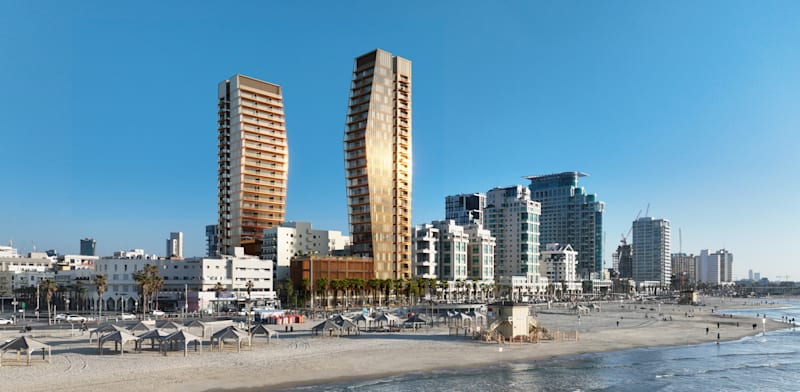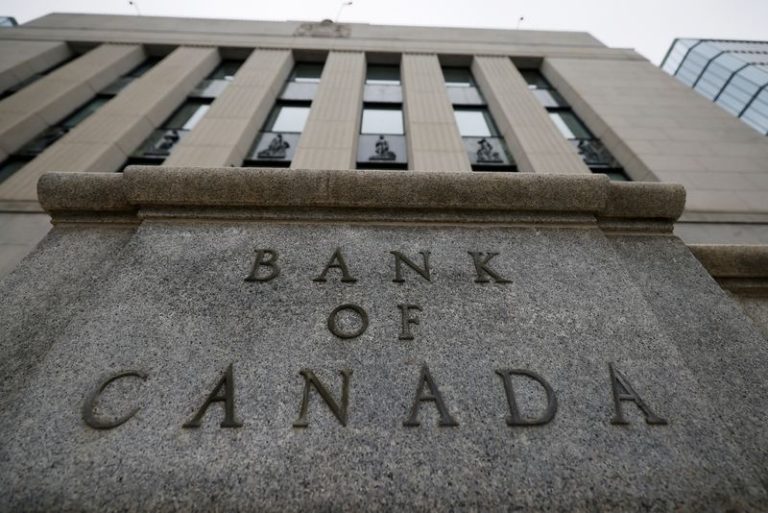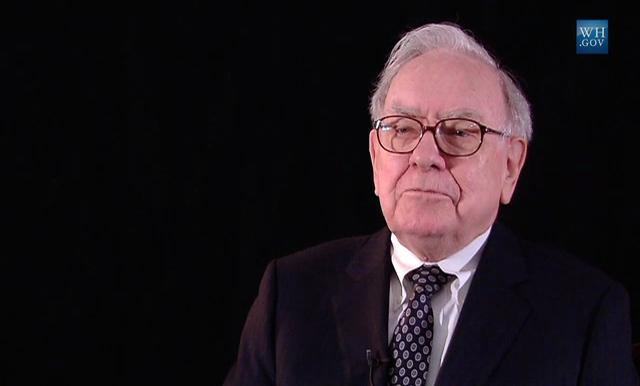A two-room apartment on the seventh floor of the Madarin Oriental project at 2 Hayarkon Street in Tel Aviv (opposite the former dolphinarium) was sold in April for NIS 9.79 million, according to the Israel Tax Authority website. The deal, for a 79 square meter apartment, works out at NIS 123,924 per square meter.
At 7 Hayarkon Street, according to the Madlan website, an apartment was sold in February for NIS 6.67 million. This deal, for a 53 square meter apartment, gives a price per square meter of NIS 125,759. In October 2024, another apartment in the Mandarin Oriental project sold for NIS 13.38 million, or NIS 132,475 per square meter.
These are just three examples. At a time when the real estate industry, certainly in Tel Aviv, is mainly asking itself what prices apartments in the new neighborhood by the sea on the site of what was Sde Dov Airport in north Tel Aviv will fetch, there’s an area that is also on the first line from the sea where the numbers would have seemed absurd in the not too distant past.
“The average for deals on Hayarkon Street in the past year has surpassed NIS 130,000,” says real estate appraiser and lawyer Ran Wiernik, a former chairperson of the Real Estate Appraisers Association. “If you try to compare this area with Sde Dov, you realize that it’s simply not the same product. Hayarkon is much more central than Sde Dov, the sea is within walking distance along the entire street, the Carmel market is close by, the city center is close by. The supply there is also different. At any given moment there is usually just one project selling new apartments, and it’s a seller’s market. You could say that it’s almost a monopoly. Comparing today’s prices, Hayarkon is 60% dearer.”
“There are projects at NIS 150,000
“There are also projects on this street for which average prices are over NIS 150,000 per square meter,” adds Oren Katz, a realtor who specializes in the luxury end of the market, with an emphasis on Tel Aviv. “The Mandarin Oriental project, for example, where incidentally all the apartments have been sold. The Herbert Samuel 6-8 luxury towers fetch these prices, but smaller projects can also offer the extras that attract the luxury buyers. Only very high-end projects can reach such prices – those that incorporate a hotel, with a swimming pool, on the sea front. Old, less sophisticated buildings on the street are priced in the range of NIS 70,000 to NIS 80,000 per square meter.”
Yehuda Avron, a realtor who also works in the luxury market, says that these prices are characteristic of the whole coastal strip. “At Jaffa Port too, you can see prices of NIS 100,000 per square meter and more, and in Herzliya Pituah as well of course. It depends on the project, the property, the degree of luxury they offer. Prices can start at NIS 15 million, and reach NIS 100 million or more. Rents on Hayarkon Street, on the sea front, reach as much as NIS 60,000 monthly. Hayarkon Street is very much in demand these days, and prices are to suit. There aren’t many bargains, and so the pricing reaches these levels.”
RELATED ARTICLES
“Diplomats’ families and overseas residents”
“These prices reflect the market,” says Katz. “This is what happens when there are no reserves of land, when everything has been built, when there isn’t much supply. When I sell apartments at prices like these, I too raise an eyebrow, but that’s what the market decides. I don’t know if we’ll reach NIS 200,000 per square meter, but in my view it will at least stay at current levels, because of one factor: overseas residents. Many of them have come to look at apartments in the area recently, mainly from Britain, incidentally, partly because of antisemitism, but also because of heavier taxation there.
“British Jews who aren’t scared of the situation in Israel, who find it hard with the rising tide of antisemitism and high taxation in the UK, are deciding to come here, and Hayarkon is one of their preferred locations. They’re looking for the city of Tel Aviv. Overseas residents are changing the rules of the game, and that’s how prices have got to where they are.”
“Overseas residents and diplomats’ families are the main factors generating the demand on Hayarkon Street,” adds Avron. “There has been very intense activity by foreign residents recently. The situation in Israel may not be good, but when it isn’t good here, for Jews overseas it’s even harder. Antisemitism is on the rise, and they’re looking for a refuge.”
Published by Globes, Israel business news – en.globes.co.il – on July 22, 2025.
© Copyright of Globes Publisher Itonut (1983) Ltd., 2025.








